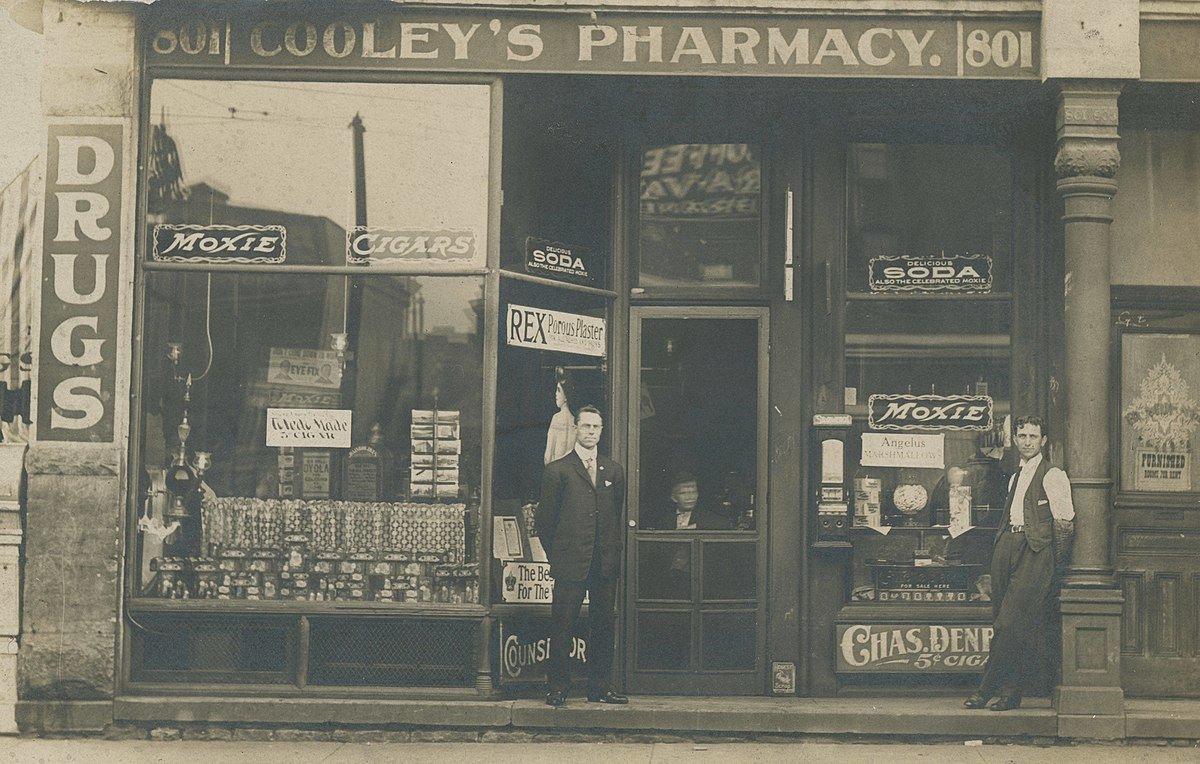
Historical Development of Pharmacies in South Africa
The history of pharmacies in South Africa is a rich tapestry woven with diverse cultural influences and significant historical milestones. To truly understand the evolution of pharmacies in this region, one must first acknowledge the traditional healing practices of the indigenous populations. Long before the arrival of European settlers, indigenous communities relied on herbal remedies and the wisdom of traditional healers, often referred to as “sangomas” or “inyangas.” These healers played a crucial role in healthcare by using locally sourced plants and natural products to treat various ailments.
The arrival of European settlers in the 17th century marked the beginning of a new chapter in South African pharmacy history. With them came the formalization of medical and pharmaceutical practices. The first recorded pharmacies, or “apothecaries,” were established during the colonial period, primarily serving the needs of the settlers. These early pharmacies laid the groundwork for a more structured approach to healthcare, combining European pharmaceutical knowledge with local medicinal practices.
The early 20th century saw significant advancements in the professionalization of pharmacy in South Africa. A pivotal moment came with the founding of the South African Pharmacy Board in 1928. This institution played a critical role in standardizing pharmacy education and practice, ensuring that pharmacists were well-trained and qualified. However, the profession was not immune to the broader socio-political dynamics of the time. The apartheid era had a profound impact on healthcare access and the pharmacy profession, creating disparities in the availability and quality of medications for different racial groups.
With the advent of democracy in 1994, South Africa began a transformative journey towards equality and inclusivity in healthcare. The post-apartheid era has seen significant efforts to redress past injustices and improve access to medications for all citizens. Policy reforms and initiatives aimed at increasing the number of pharmacies in underserved areas have been crucial in this regard. Today, South African pharmacies continue to evolve, blending modern pharmaceutical practices with the rich heritage of traditional healing.
The Modern Pharmacy Landscape in South Africa
The contemporary pharmacy landscape in South Africa is marked by a diverse array of pharmacy types, each playing a crucial role in healthcare delivery. Community pharmacies remain the cornerstone, providing accessible medication and personalized patient care. These pharmacies are complemented by hospital pharmacies, which offer specialized pharmaceutical services within healthcare facilities, ensuring the safe and effective use of medications for inpatients. Furthermore, the rise of online pharmacies has revolutionized the sector, enabling convenient access to a wide range of pharmaceutical products and services, particularly beneficial for those in remote areas.
Pharmacists today are integral to the South African healthcare system, extending their roles beyond traditional dispensing to encompass public health initiatives, chronic disease management, and patient education. They are pivotal in providing immunizations, conducting health screenings, and offering counseling on medication adherence and lifestyle modifications. This expanded role underscores the pharmacist’s contribution to improving patient outcomes and enhancing the overall quality of care.
The regulatory framework governing the pharmacy sector in South Africa is robust, with the South African Pharmacy Council (SAPC) at its helm. The SAPC ensures that pharmacists adhere to stringent professional standards and ethical practices. Legislation such as the Pharmacy Act and the Medicines and Related Substances Act provide the legal foundation for pharmacy practice, safeguarding public health and ensuring the safe distribution and use of pharmaceuticals.
Despite these advancements, the sector faces significant challenges. Accessibility remains a pressing issue, particularly in rural areas where pharmacy services are limited. Medication shortages, driven by supply chain disruptions and economic constraints, further complicate healthcare delivery. Socio-economic disparities exacerbate these challenges, with marginalized communities often bearing the brunt of inadequate access to essential medications and services.
Looking ahead, the South African pharmacy sector is poised for innovation and growth. The adoption of digital health technologies, such as telepharmacy and electronic health records, promises to enhance service delivery and patient engagement. Additionally, there is potential for pharmacists to assume expanded roles in primary healthcare, particularly in managing chronic diseases and preventive care. These trends herald a transformative future for the sector, one that holds promise for improved healthcare outcomes and greater accessibility for all South Africans.
